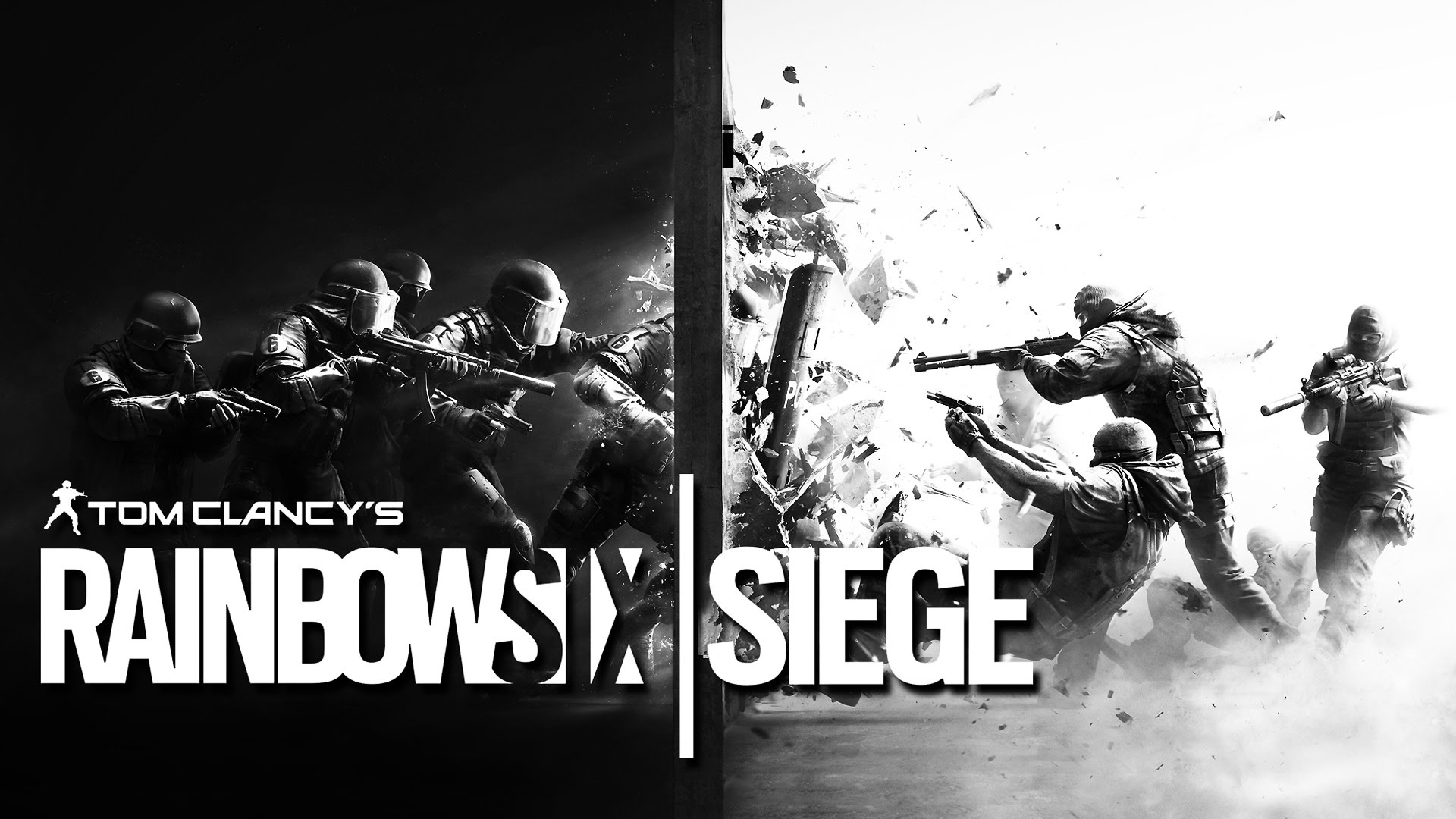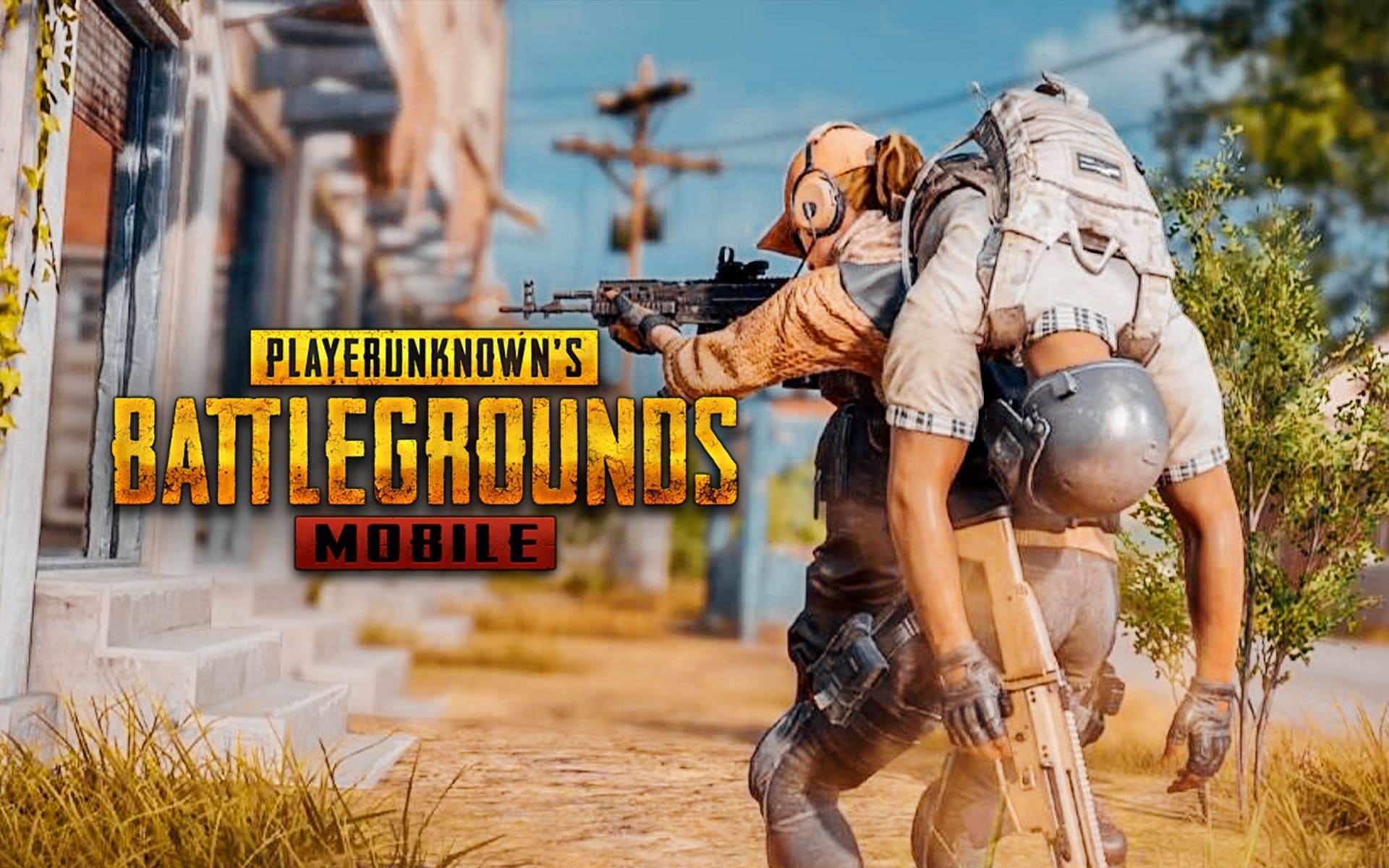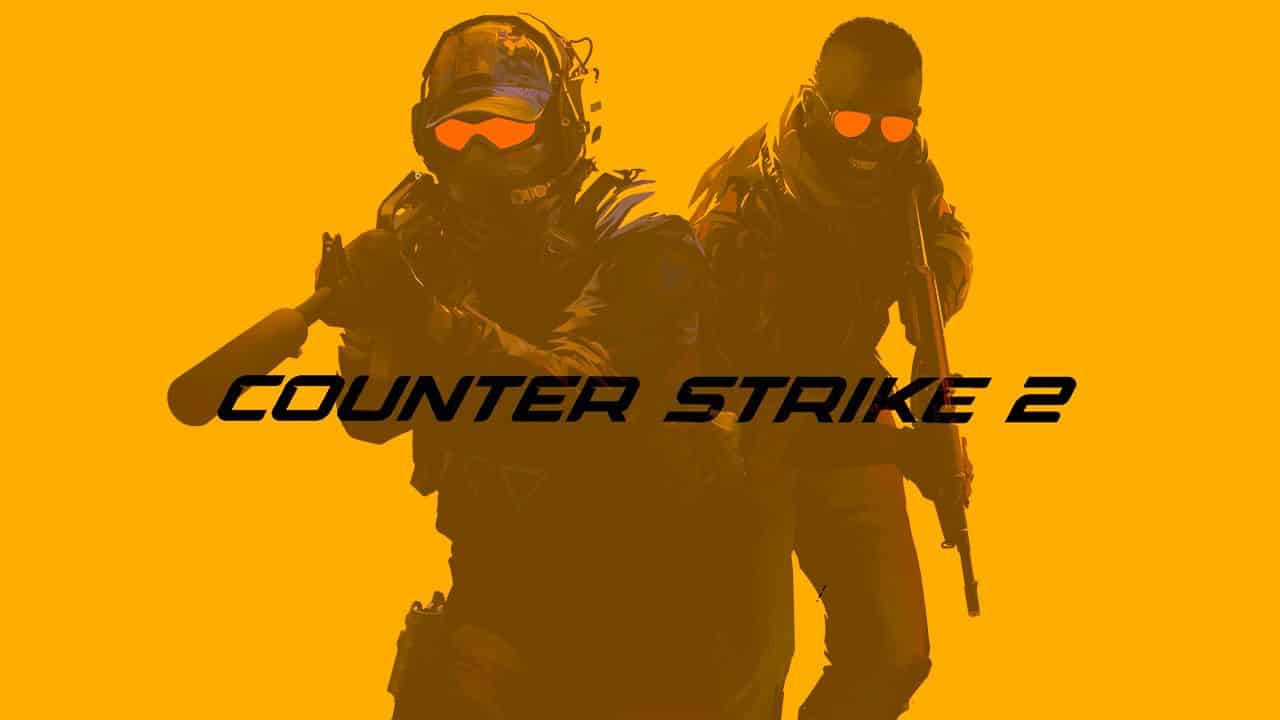Okay, so FIFA 18 is kinda old now — released way back in 2017 (feels like two lifetimes ago, right?). It might not have all the shiny bells and whistles of the newer games, but let’s be real: it still plays like a dream. Smooth animations, solid physics, and that classic FIFA vibe that just hits right. And since it was built to run on older machines, it’s perfect for giving those integrated graphics a run for their money. So today, we’re asking: how does FIFA 18 perform on the Intel Iris Xe in 2025? Is it still worth firing up for a few matches?
Kicking Off with Graphics Performance
First off — props to Intel. The Iris Xe is a big step up from those older integrated chips that used to sweat just booting up a game menu. It’s not gonna out-muscle a fancy dedicated GPU, but it holds its own where it counts.
When you load up FIFA 18 on the Iris Xe, things look… surprisingly good. At 1080p, you can run high settings and the game won’t turn into a slideshow. On medium to low settings, you’re cruising at around 50–60 FPS. That’s buttery smooth for a budget-friendly setup. Even on high, you’re looking at 40–50 FPS — not bad at all for integrated graphics from a slim little laptop chip.
Sure, when there’s a big goal celebration or a ton of stuff happening on screen, you might see the frame rate dip a little. But nothing that ruins the experience. Honestly, it’s still really playable.
Tuning the Game: Recommended Settings
Wanna get the best experience without your laptop sounding like it’s about to lift off? Here’s how you should set things:
Resolution: Stick to 1080p — the Iris Xe can handle it.
Texture Quality: High. Go on, treat yourself.
Detail Quality: Medium to High. You won’t miss much, and performance stays solid.
Anti-Aliasing: Medium or Low. You don’t really need it cranked up unless jagged edges drive you crazy.
V-Sync: Dealer’s choice. On for smoothness, off for max FPS.
Shadows: Medium. Looks nice, but doesn’t murder your performance.
With this combo, you’re getting a great balance — solid visuals and smooth gameplay. You won’t feel like you’re missing out, and the Iris Xe won’t break a sweat (well, maybe a little).
On-the-Pitch Experience
Alright, how’s it actually feel to play? Honestly, really good. The controls are snappy, the animations are smooth, and the colors pop nicely. Whether you’re playing a quick match or grinding a career mode season, the game holds up. There’s the occasional tiny stutter during wild moments (like everyone rushing the box at once), but that’s nothing major.
It’s easy to forget you’re even on integrated graphics. Sure, there are some compromises here and there — lower shadows, maybe a smidge less polish — but unless you’re playing with a microscope, it’s all good.
Wrapping It Up: Is It Worth Playing on Iris Xe in 2025?
So here’s the verdict: FIFA 18 still slaps. And the Iris Xe? Totally up to the task. You can get a slick, responsive, and just plain fun experience out of this combo without shelling out for a new GPU.
If you’re someone gaming on a thin laptop or a budget PC, this is a win. With a few tweaks, you’ll get gameplay that feels almost like you’re running on a mid-tier dedicated graphics card. It’s not ultra-4K-super-fancy level, but it doesn’t need to be. It just works — and it works well.
If you’re chasing ultra settings or care about frame rates higher than your age, yeah, maybe look at a beefier setup. But for casual footy fun in 2025, the Iris Xe and FIFA 18 are still a pretty sweet match.














